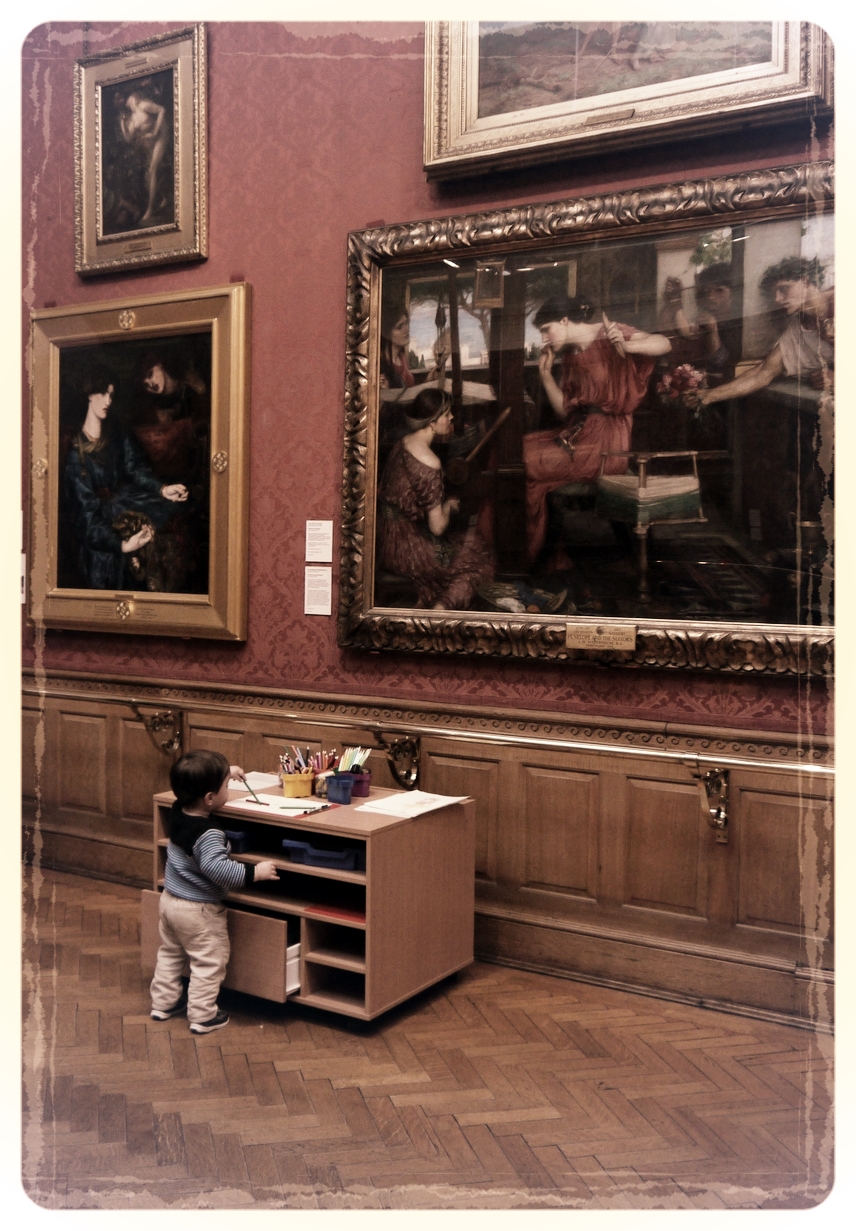Since the days of Holbein people have chosen to be recorded for posterity by a portraitist. Portrait genre was mastered by painters such as Titian, Rembrandt, Velazquez, Ingres and it thrived in Britain with artists like Gainsborough, Raeburn, Lawrence, Gunn, de Lazlo and Sargent.
What makes portrait painting so fascinating and unique? What are some of the characteristics of great portraiture, which makes some paintings stand out and fascinate the viewer over the centuries?
Human beings incorporate both the general features that characterize all humankind and the particular aspects that distinguish each of us. It is the combination of both, the general and the particular, that gives a successful portrait its substance and appeal.
As far as it is possible, the artist must look not only to the exterior topography of a person, as a photograph does, but also into the inner qualities that influence this topography. Both aspects, when combined, give a more accurate interpretation of a personality and are more conducive to a meaningful representation of the sitter.
On a philosophical level, portraiture is a response to the human inclination to think about oneself and others in its multiple combinations. The portrait artist must balance this apparent dichotomy by becoming a bridge between the subject of the painting and the viewer. Effective portraiture considers these relationships and delivers a clear statement, or at least a convincing analogy between the sitter and the painting.
How successful the artist is in achieving this, is determined by many factors. For one part, it is necessary to have deep knowledge of the craft of painting and the ability to use this to the artist’s advantage. The skilful artist who has a deep empirical knowledge of the craft of painting has a great advantage over the one who does not.
On the other hand, this knowledge must be coupled with the artist’s own sensitivity and perception about the individual and the capacity to express this in a way acceptable and convincing to other viewers.












